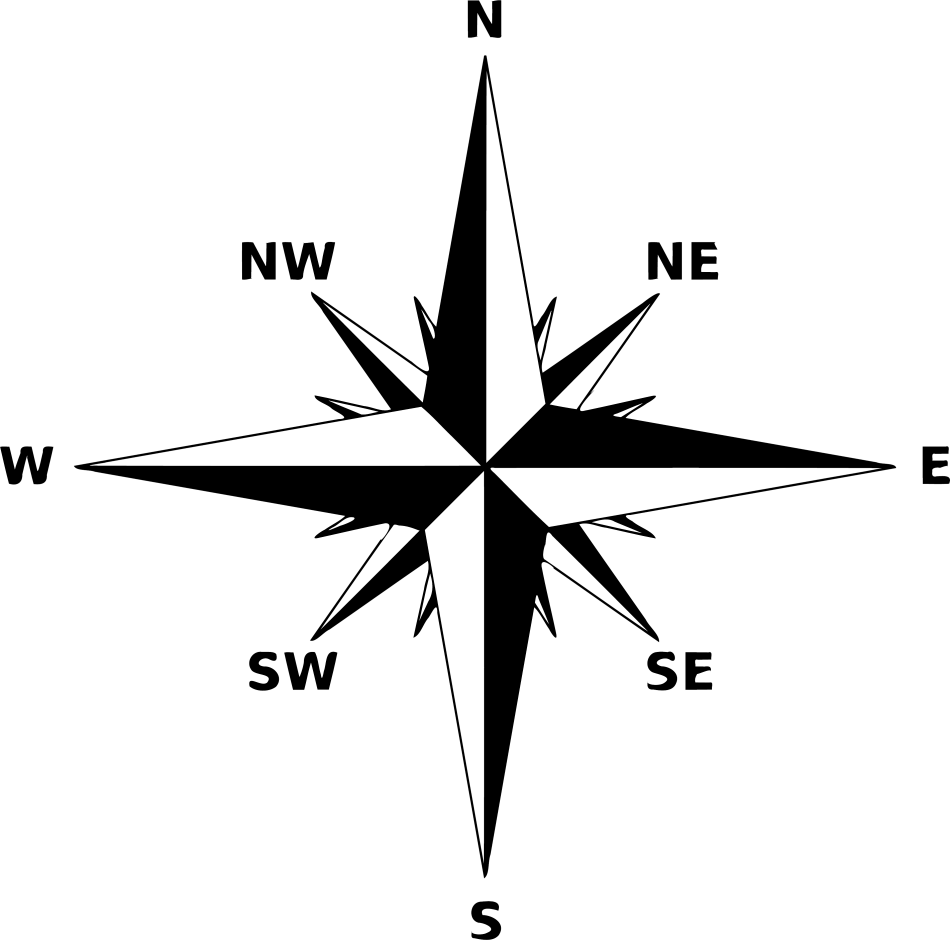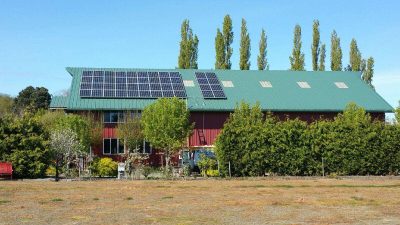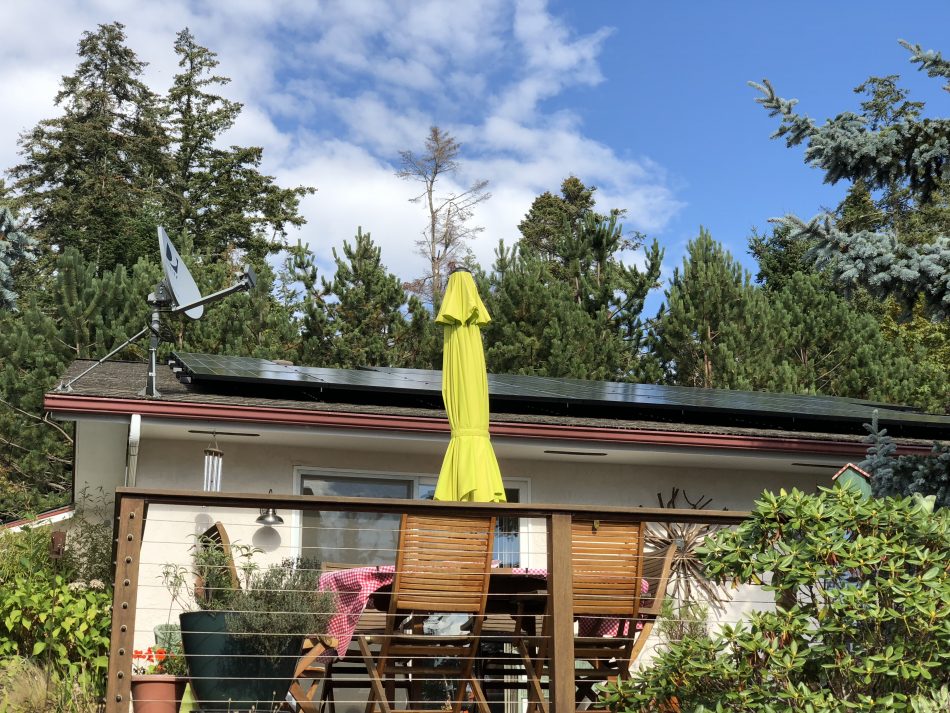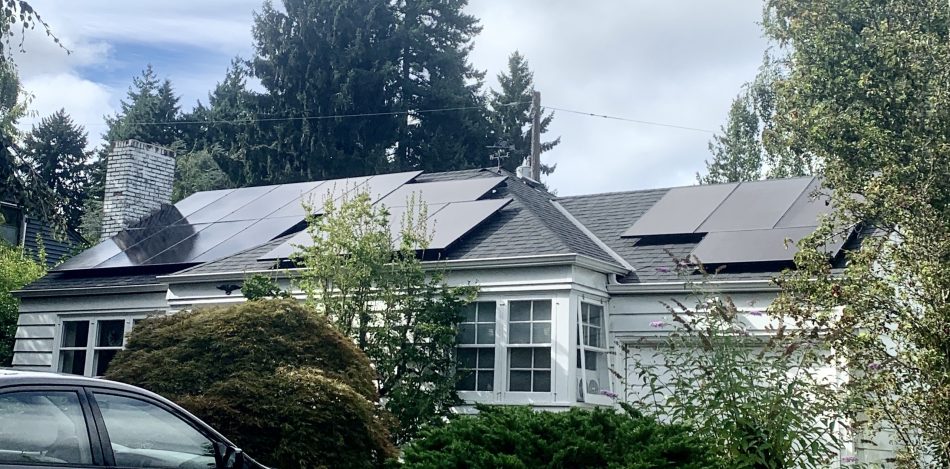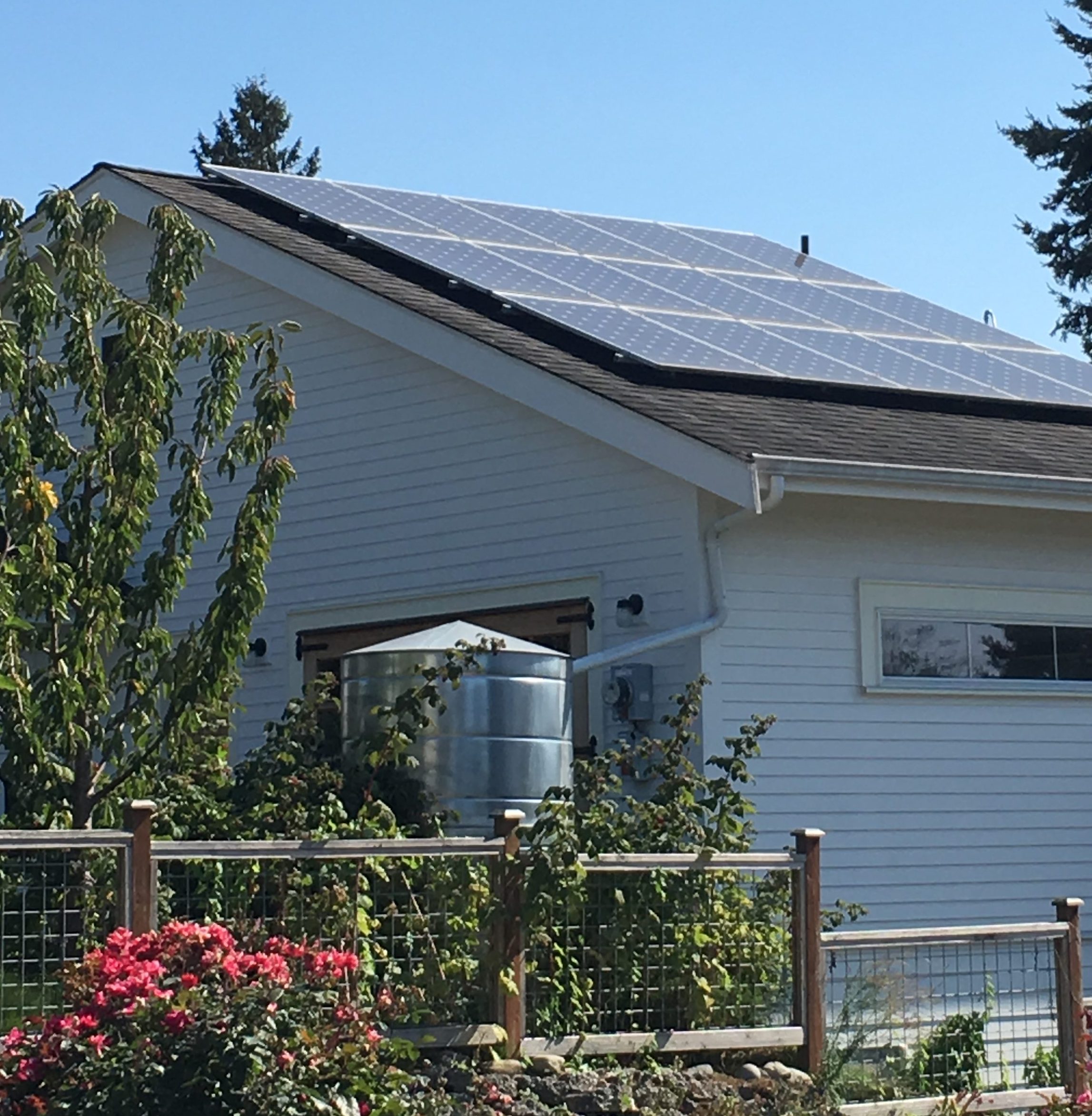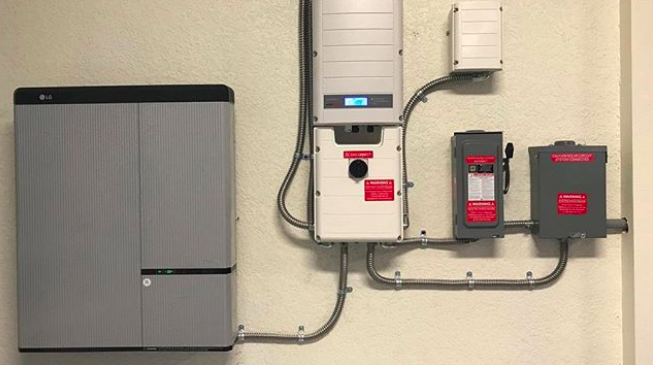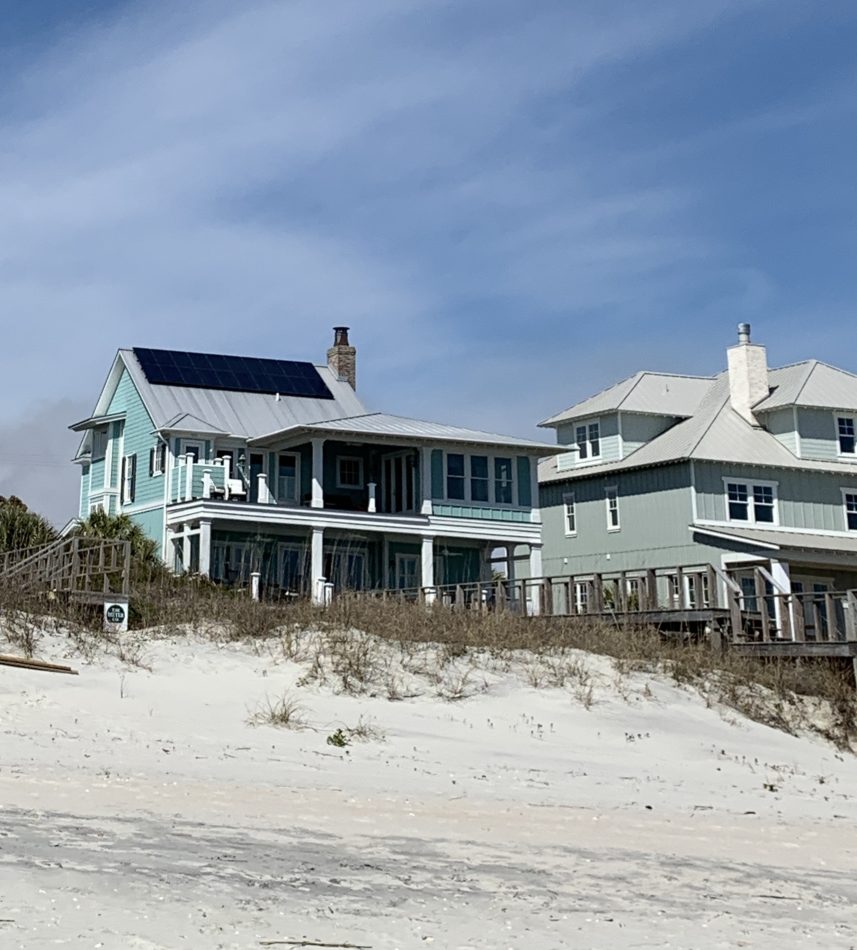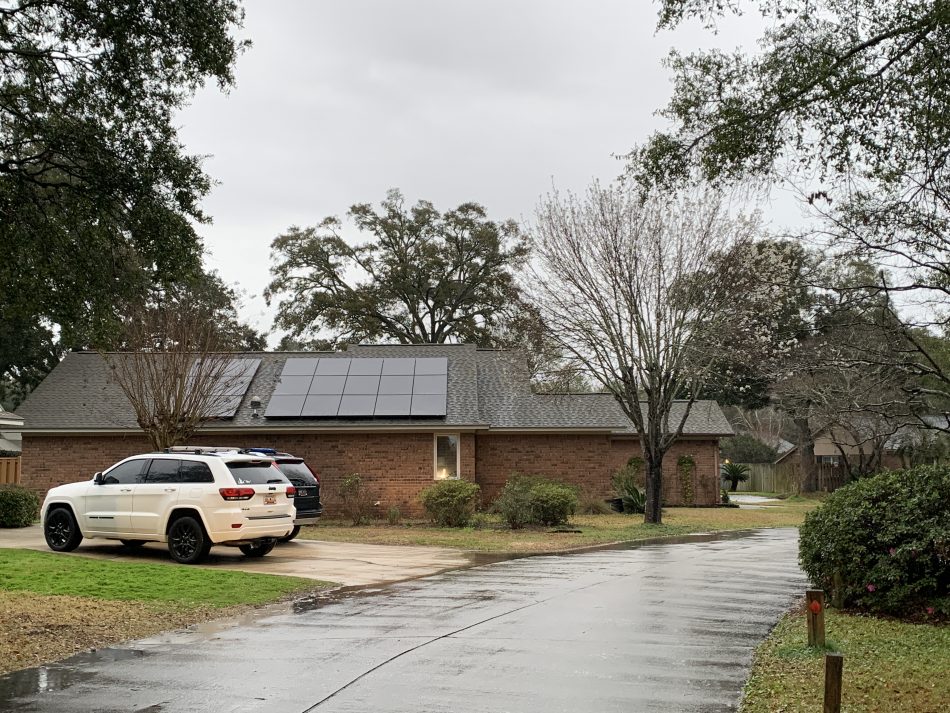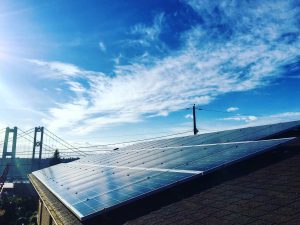Our Washington State Governor has issued an Executive Order aimed at reducing Carbon emissions! Carbon is beneficial element, but too much is just dirty and it densifies the atmospheric layers. It comes from tailpipes and smokestacks. It is a “greenhouse gas: that traps the sun’s heat in the atmosphere. The sun’s rays bean through the atmosphere to the earth, but the resulting heat cannot escape, because carbon molecules are increasing in the air and heat does not vent up and out anymore
The Executive announcement came Tuesday April 30 at Shoreline Community College. They host the Annual Solar Fest. Sometimes there is free Ice Cream, thanks to generous Silicon Energy – a WA state solar manufacturer! The Governor stood with stakeholders and students and announced his plan.
The plan is spelled out here: Climate Policy Paper.
The Carbon Pollution Reduction and Clean Energy Action will be on the minds of those attending the 2014 NW Solar Summit this weekend. That is because the Executive Order aims to reduce dependence on coal and change to cleaner energy. Coal = Carbon. Solar = Clean Air.
Solar is a convenient, clean, scalable source of power. The Governor is supporting solar. It has been a long road, but it is looking good for the local consumer and the upstart state-based solar industry that serves them.
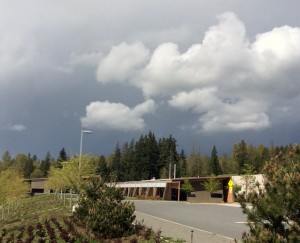 The 2014 NW Solar Summit is May 2nd and 3rd at Brightwater Wastewater Treatment Facility.
The 2014 NW Solar Summit is May 2nd and 3rd at Brightwater Wastewater Treatment Facility.
Here’s a photo of Brightwater —->
It is an upscale modern center. You can get married there. P.S. It doesn’t stink like “waste”.
The Center has Solar panels on their roof!
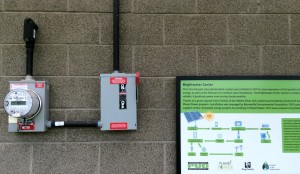
Some State Utilities will be at the Summit this weekend. Electrician Unions (IBEW Local 46 and 191) have sponsored. The Dep’t of Commerce is also a sponsor. So is a trade group that my employer is a member of: Solar Installers of WA.
Another sponsor is WSU, which Inslee stated will work with DOC to develop a smart building program aimed at boosting the “energy performance of public and private buildings”.
The goal is to further clean energy in Washington. And personally I would like to see the money stay in-state rather than export our investment and incentives outside Washington.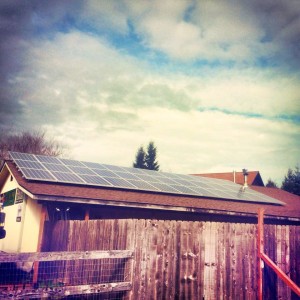 Often that is what happens when Investors try and collect big chunks of state *Solar Incentive* money.
Often that is what happens when Investors try and collect big chunks of state *Solar Incentive* money.
WA Dept of Commerce has its work cut out for it. What we do here might be different than the standard approach. The usual approach to Solar expansion is to raise the cap on payout to the owners of Solar arrays (systems). Investors also like the allowance for Third Party to own the panels and therefore receive ownership incentive$. This is a platform used to entice Solar leasing companies, aka Investors, to a state that wants a quick ramp-up of Solar.
The state wants to deploy for solar and the goal is consumer protection and advantage.
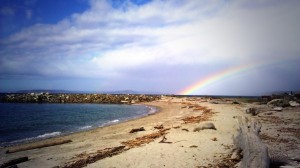
Rain + Solar = Rainbow (Brackett’s Landing North, Edmonds, WA
The Solar Consumer has it very good in WA. At the Solar Summit this weekend the group will be trying for more of that good stuff. No matter how much we squeeze down an ROI, the source of power is already free of charge.
The future is looking pretty bright for Solar here. Email me today for a free evaluation of your site! info@paigeheggie.com Thanks, Paige
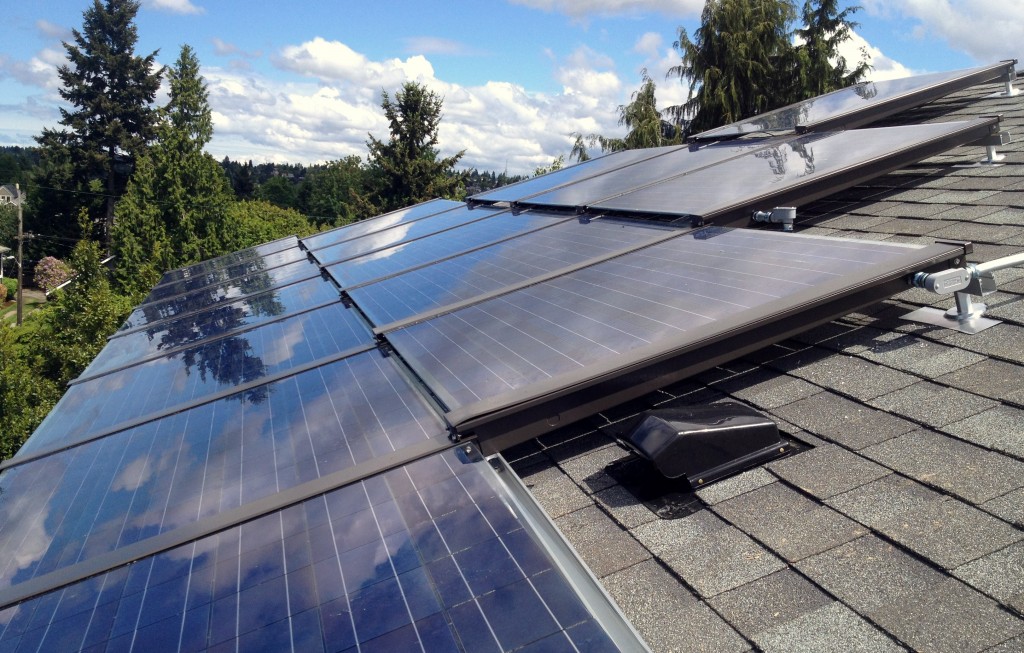
This home uses Renewable Energy. Tied to the Grid.
